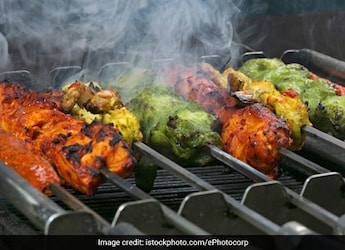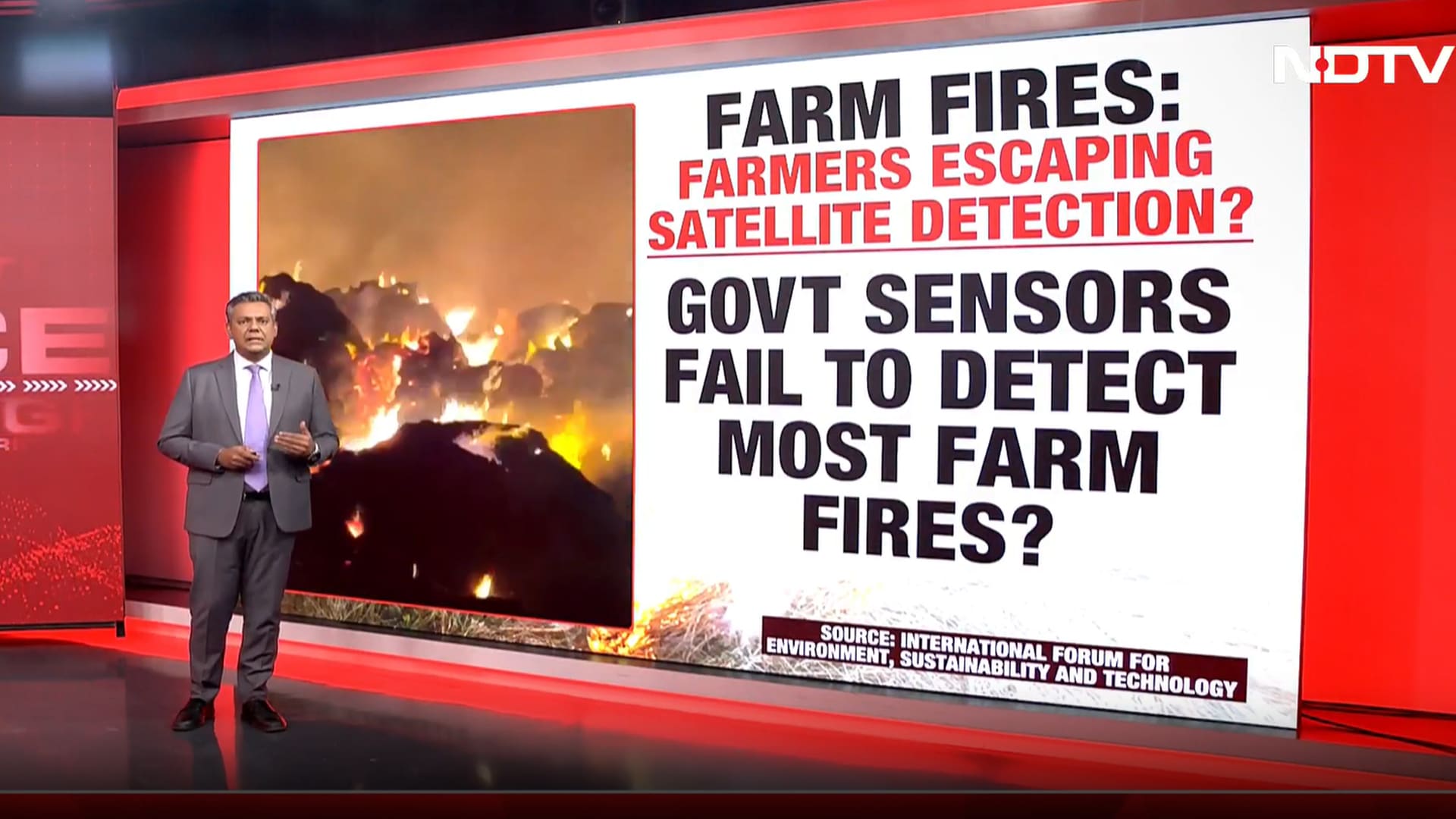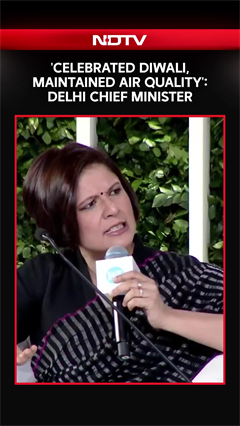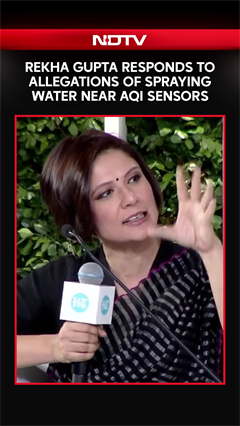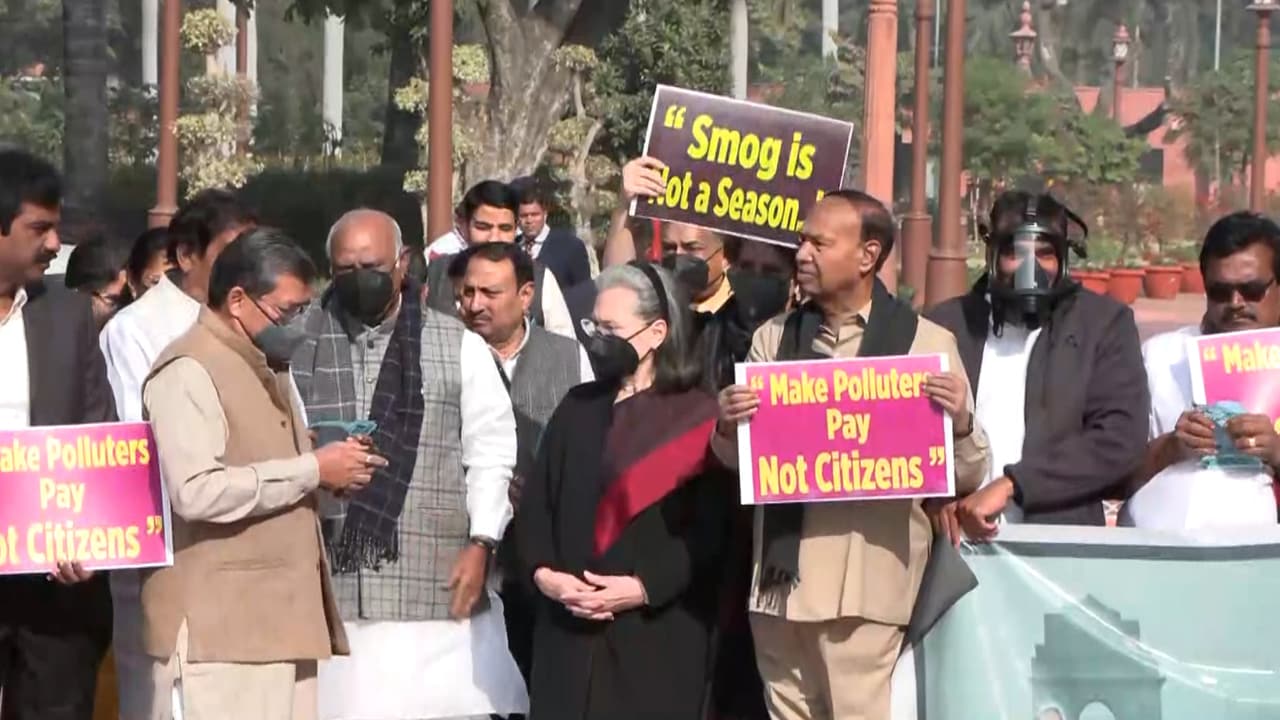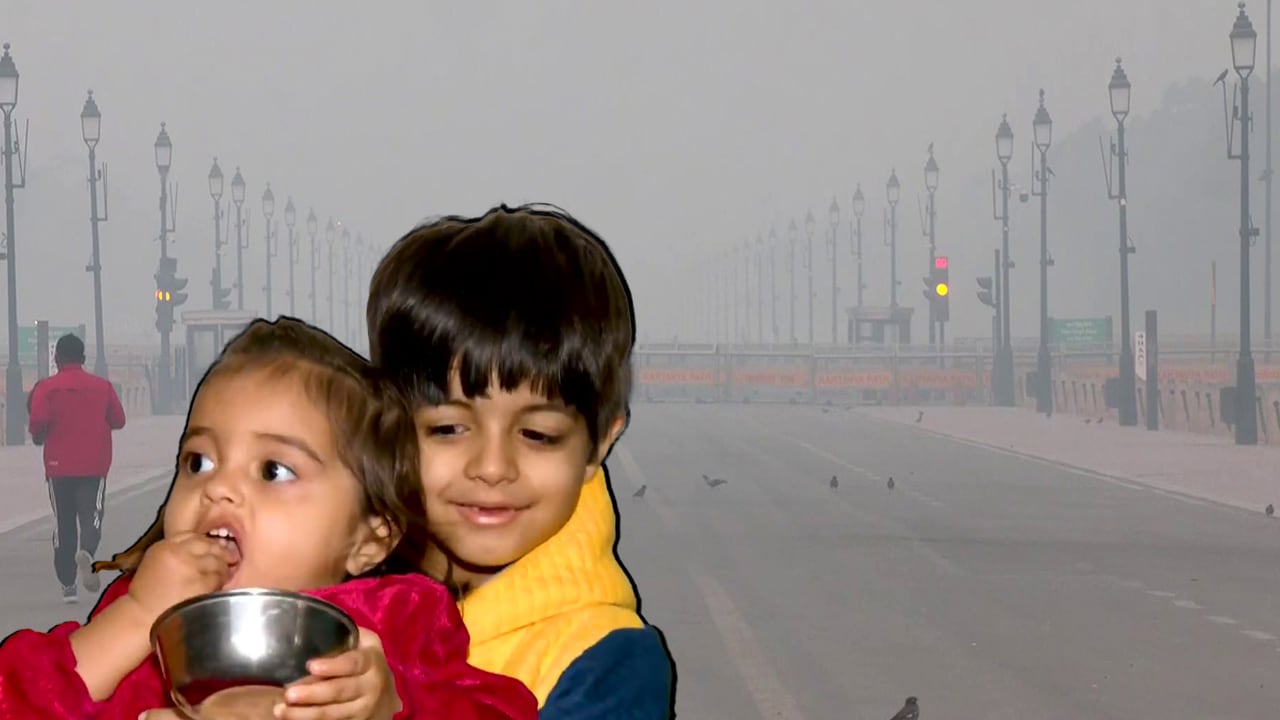- Home/
- Indians Battle Respiratory Issues, Skin Rashes In World's Most Polluted Town
Indians Battle Respiratory Issues, Skin Rashes In World's Most Polluted Town

Two-year-old Sumaiya Ansari, a resident of India's Byrnihat town, which is ranked the world's most polluted metropolitan area by Swiss Group IQAir, was battling breathing problems for several days before she was hospitalised in March and given oxygen support.
She is among many residents of the industrial town on the border of the northeastern Assam and Meghalaya states - otherwise known for their lush, natural beauty - inflicted by illnesses that doctors say are likely linked to high exposure to pollution.
Byrnihat's annual average PM2.5 concentration in 2024 was 128.2 micrograms per cubic meter, according to IQAir, over 25 times the level recommended by the WHO.
PM2.5 refers to particulate matter measuring 2.5 microns or less in diameter that can be carried into the lungs, causing deadly diseases and cardiac problems.
"It was very scary, she was breathing like a fish," said Abdul Halim, Ansari's father, who brought her home from hospital after two days.
According to government data, the number of respiratory infection cases in the region rose to 3,681 in 2024 from 2,082 in 2022.
"Ninety percent of the patients we see daily come either with a cough or other respiratory issues," said Dr. J Marak of Byrnihat Primary Healthcare Centre.
Residents say the toxic air also causes skin rashes and eye irritation, damages crops, and restricts routine tasks like drying laundry outdoors.
"Everything is covered with dust or soot," said farmer Dildar Hussain.
Critics say Byrnihat's situation reflects a broader trend of pollution plaguing not just India's cities, including the capital Delhi, but also its smaller towns as breakneck industrialisation erodes environmental safeguards.
Unlike other parts of the country that face pollution every winter, however, Byrnihat's air quality remains poor through the year, government data indicates.
Home to about 80 industries - many of them highly polluting - experts say the problem is exacerbated in the town by other factors like emissions from heavy vehicles, and its "bowl-shaped topography".
"Sandwiched between the hilly terrain of Meghalaya and the plains of Assam, there is no room for pollutants to disperse," said Arup Kumar Misra, chairman of Assam's pollution control board.
The town's location has also made a solution tougher, with the states shifting blame to each other, said a Meghalaya government official who did not want to be named.
Since the release of IQAir's report in March, however, Assam and Meghalaya have agreed to form a joint committee and work together to combat Byrnihat's pollution.
(Except for the headline, this story has not been edited by NDTV staff and is published from a syndicated feed.)
also read
India Sets Own Air Quality Standards, Global Rankings Not Official: Centre
Reported by Shreya Ghosh, Edited by Srishti KapoorAmid High Pollution, Delhi Bans Coal, Firewood In All Restaurant Tandoors
Press Trust of IndiaDelhi AQI Locked In 'Very Poor' Category, Expected To Turn 'Severe' Soon
Press Trust of India
Latest Stories
- Reported by Shreya Ghosh, Edited by Srishti Kapoor | Thursday December 11, 2025
The Ministry clarified that it has notified National Ambient Air Quality Standards for 12 pollutants in 2009 to protect public health and the environment, and these standards are tailored to India's specific conditions.
- Written by Jigyasa Kakwani , Edited by Shubham Bhatnagar | Thursday December 11, 2025
Tandoori dishes are a staple of Delhi's dining and evening snack culture, especially across neighbourhood markets and street-side stalls.
- Press Trust of India | Wednesday December 10, 2025 , New Delhi
Amid high pollution levels in the capital, the Delhi Pollution Control Committee (DPCC) has issued directions mandating a strict ban on the use of coal and firewood in tandoors across all hotels, restaurants and open eateries in the city.
- Press Trust of India | Monday December 08, 2025 , New Delhi
Delhi's air quality remained locked in the 'very poor' category on Monday, with the air quality index (AQI) staying above 300, while forecasts suggest that pollution levels are likely to deteriorate further.
- Reported by Ashwine Kumar Singh | Monday December 08, 2025 , New Delhi
Delhi Chief Minister Rekha Gupta's remarks about the government using mist sprayers to contain pollution at hotspots has drawn a stinging response from her predecessor Arvind Kejriwal.
................................ Advertisement ................................
Latest Videos
Opinion
Blog | Well Done, Delhi. You've Turned Lung Sacrifice Into A Badge Of HonourSaikat Kumar Bose
Monday November 10, 2025Till some years back, Delhiites would ask angry questions to those in power about the capitals annual tryst with toxic air. This has changed. Those in the driving seat dont see the need to answer now.
Opinion | Why Indians Have Just Given Up On Air Pollution CrisisTanushree Ganguly
Friday December 20, 2024While some may argue that people in Delhi are now more aware of air pollution than they were a decade back, my rebuttal would be that awareness does not mean that people are concerned.
Opinion | You Must Outrage Over Filthy Air More Than Once A YearJyoti Pande Lavakare
Tuesday December 10, 2024Delhi welcomed us with monsoon rains and mangos. We were home. Fast forward a couple of years, in the winter of 2012, I found myself in denial about something other parents, mostly expats, were calling toxic air.
Opinion | Delhi's Air Pollution Situation Is Like A Bad MarriageNishtha Gautam
Friday November 22, 2024On a good day, such as today, the AQI reading in Delhi is 407. We are jubilant at the sickly sunshine trickling through the slightly dissipated smog. At least its not 1600.
दिवाली... पराली... सियासी जुगाली!Ashwini kumar
Monday November 18, 2024दिल्ली-एनसीआर में प्रदूषण का समाधान तो आज तक मिला नहीं. हर साल चिंतित होकर हम-आप सांसों की तकलीफ के साथ-साथ दिल और ब्लड प्रेशर के मरीज भी क्यों बनें?




